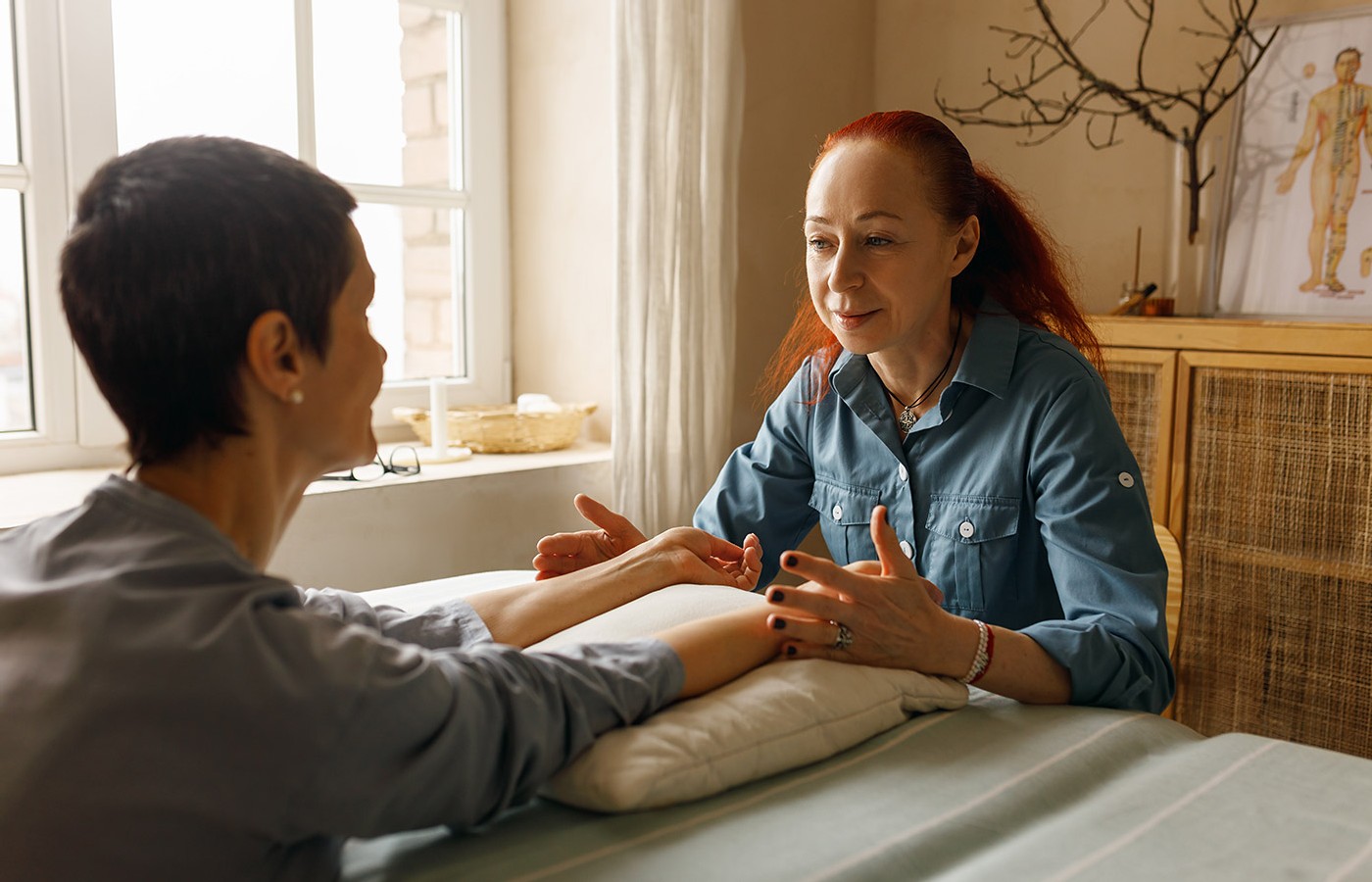Whether you accept it, avoid it or live somewhere in between, insurance coverage has become a defining issue for our profession. Patients increasingly expect to use their benefits, practitioners want to be compensated fairly for their time and expertise, and the system itself remains – at best – fragmented. The encouraging news is that coverage has expanded in meaningful ways. The challenging news is that reimbursement, across the board, remains inadequate.
Integrating Prior Skills Into Practice
As a teacher I always found it invaluable to ask students about their initial careers / training as a way of inspiring leads into a new path in Asian medicine and open a multi-dimensional view of the five elements to facilitate diagnoses. In short, to utilize the familiar as a launching pad into the unfamiliar.
My students who were engineers found it easy to grasp qi and structural distortions. Students from any branch of Western medicine – especially physical therapy – loved the overlay of meridians and acupoints upon their intense knowledge of A&P. They loved the art of moving with qi and how a qi-inspired touch eased pain on a few key acupoints
On a personal note, as a global journalist, I was well-versed in the art of interviewing and reading nuances and body language, especially in folks from different cultures; all of which enhanced my diagnostic skills in zen shiatsu.
Unusual Insights
My blind students on both sides of the pond brought very different skills to the dojo. Asking to be anonymous, “Miranda” was trained as a classical guitarist, so it was easy to inspire her to relate to the changes of frequency in meridians, as in her guitar strings, according to the depth of touch. Miranda also had an acute sense of hearing and could diagnose according to the sound students’ feet made on the floor as they approached her. As she practiced aikido, it was easy to teach her how to move with qi.
“Robert,” one of my Swiss students, had a deep love of architecture and his dream was to visit Chartres Cathedral. When we walked with Robert through fields, he could tell when we approached a shed or a farm building just from the change in vibratory frequency.
I encouraged Robert to develop the same instinctive skill when approaching fellow students or future clients to be able to sense distortions in structure.
A third student, “Toni,” used the numbers on a clock to determine direction. When I taught an exercise I would say, “Toni, stretch your arms horizontally at a ‘quarter to three’”; or “Stretch both arms up to midnight.” This was also fun for the rest of the class!
AOMA Alums Share Their Assorted Skills!
Suzanne Rittenberry, LAc, swears her MBA helped her survive 20 years in clinical practice by prompting her to create a group of rent-paying colleagues, instead of renting space alone in a commercial building; compared with graduates who thought it was just a “matter of hanging up a shingle” and struggled to stay afloat.
Suzanne moved a multi-level farm building to the glorious wildlife meadow where she had her home and other family dwellings, and reached out to a range of colleagues including LAcs, DCs and LMTs to share her funky space.
She networked groups (like Business Network International) to find new clients, learning “to articulate what acupuncture was about to people who knew nothing about it.”
Suzanne knows that different business models work for different folks, but personally didn’t find it helpful to offer discount packages or take booths at health fairs or conferences.
After initially graduating in theater, Liz Ross found that producing, directing and stage managing various groups of people – especially minorities – helps her connect easily with patients of various backgrounds. As a passionate community activist, she continues to produce plays by and about people with disabilities as she prepares to sit for her board exams.
Janet Cook, LAc, says her10 years of experience as a school psychologist gave her “active listening skills as well as preparation for many different kinds of interaction and interpretations.” She adds, “When a person feels heard and understood, it goes a long way toward healing.”
Connie Randolph, LAc, experienced an eclectic path prior to acupuncture, including an undergrad degree in economics, 15 years as a parent in the Waldorf School pedagogy, master’s-level coursework in counseling, and certification in nature therapy. Add many walks along Spain’s Camino de Santiago, and it’s not surprising to discover Connie’s current emphasis on leading community-centered nature-immersed groups to help ground and reset rattled nervous systems.
As a frequent volunteer after our local disasters and during the COVID crisis, Connie maximized her approach to healing individuals in group settings, by combining Acudetox with her harmonic use of healing forks.
Dancing Into Asian Medicine?
Nini Melvin, AOBTA-CP, founder of shiatsu school Meridians – Pathways to the Heart in Northampton Mass., first acquired an MEd in dance that helped her understand how humans “embody, sense, express, and interpret life.”
Nini adds that dance-inspired movement, body mechanics and touch to enhance qi flow “has been a huge influence over my four decades of practicing and teaching shiatsu and qigong – and teaching teachers.” Her book, Humanature – Elemental Pathways to Personal and Planetary Healing, is a harmonious blend of dance and Asian medicine.
And Finally…
In clinical practice I always found it vital to talk to clients about their work and passions, as those details offered useful themes for healing meditations and exercises where appropriate. My zeal to cycle to give late-night sessions to insomniacs in their homes in NYC found new dimensions when I asked clients what sounds gave them inner peace.
“Mitzi” told me that the ocean was always a source of comfort, as it reminded her of an idyllic childhood near a beach. We experimented with various apps to lull her to sleep. Nothing worked until she found an app that included the haunting call of seagulls.



